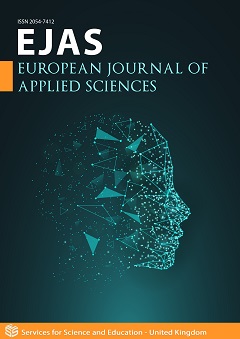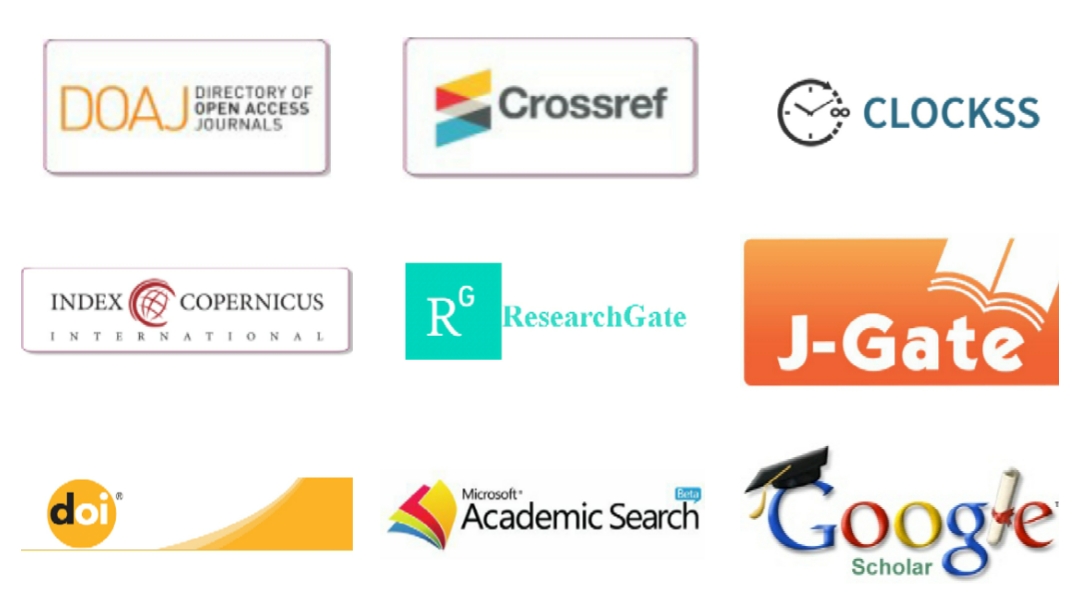Applications of Diffusion Models in Material Properties Prediction
DOI:
https://doi.org/10.14738/aivp.1302.18468Keywords:
diffusion models, generative models, material sciences, crystal diffusion variational autoencoders (CDVAE)Abstract
Diffusion models, as probabilistic generative models, have shown significant potential applications in materials science in recent years[1,2]. By gradually including and removing noise from data, diffusion models can generate material structures with targeted physical and/or chemical properties. We systematically summarizes the research progress of diffusion models in materials science, focusing on the application of denoising diffusion probabilistic models (DDPM), score-based generative models (SGM), and diffusion models based on stochastic differential equations (SDE) in material generation. Furthermore, we summarize successful applications of crystal diffusion variational autoencoders (CDVAE) and their variants in material generation, and discusses the use of diffusion language models for generating inorganic compounds. Despite the robust generative capabilities and stability of diffusion models in generative tasks, challenges remain in terms of computational cost, diversity of generated samples, and scalability. We conclude by analyzing these key challenges and exploring future directions for the development of diffusion models in the field of materials science.
Downloads
Published
How to Cite
Issue
Section
License
Copyright (c) 2025 Xin Yuan, Qingxu Li

This work is licensed under a Creative Commons Attribution 4.0 International License.






